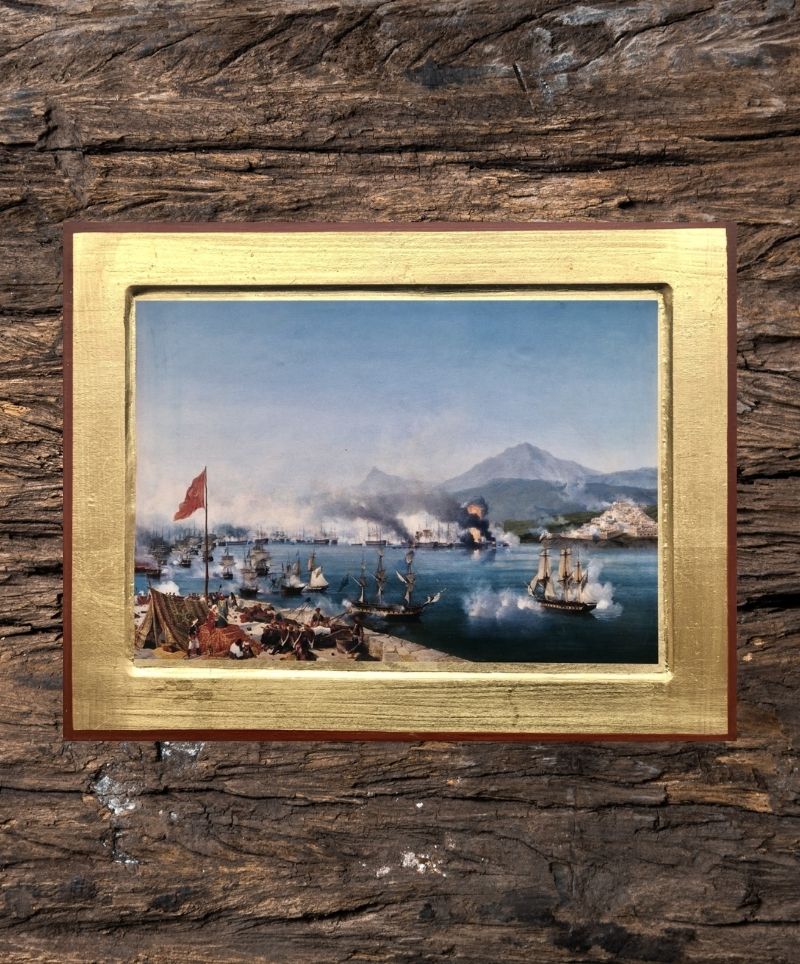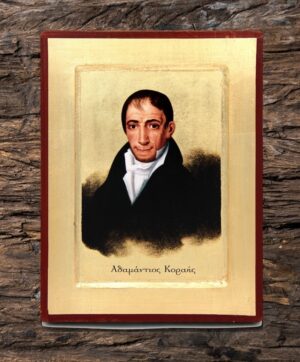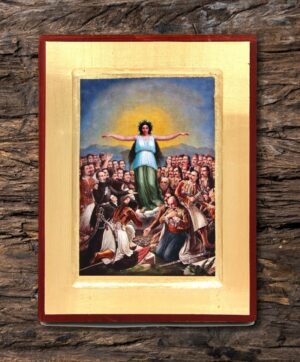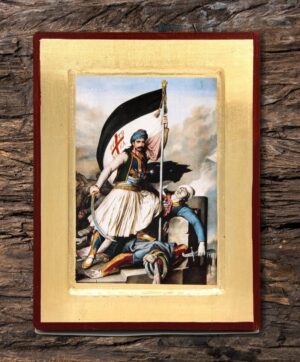Description
After the fall of the Acropolis (May 24, 1827), the Revolution of ’21 was dying. It had been suppressed in mainland Greece and remained alive only in the eastern part of the Peloponnese. And there, however, it was threatened by Ibrahim, who intended to campaign against Nafplio and Hydra.
At this difficult time for Greece, European diplomacy changed its attitude and began to move favorably towards the Revolution. The new British Foreign Secretary, George Canning, also contributed to this, giving a more liberal twist to Old Albion’s foreign policy. Thus, on June 24, 1827, a treaty was signed in London between England, France and Russia, which defined the independence of Greece.
According to the treaty, a Greek state was established under the sovereignty of the Sultan, bordering the Amvrakikos and the Pagasitic Gulf. There was also a secret article in the Greek Peace Treaty, which provided for the intervention of the three powers, if the two warring parties did not accept the terms of the contract.
To this end, the British fleet under Rear Admiral Codrington, the French under Admiral Derigny and the Russian under Admiral Heyden, sailed to the Peloponnese to enforce a cessation of hostilities. The Greek side willingly accepted the proposal of the three allies, while the Sultan resented and rejected any intervention on his territory.
The Turkish-Egyptian fleet, under Tahir Pasha, Muharrem Bey and Mustafa Bey, managed to anchor in the Navarino lagoon (today’s Pylos), before Derigny managed to stop it.
The goal of the three admirals now was to prevent the transfer of Egyptian troops to other parts of the Peloponnese. On September 7, 1827, Codrington, who had the general order, told Ibrahim that his fleet was there to impose a truce and warned him that any refusal would force him to enforce it by force.
But Ibrahim’s protests forced the three admirals to change course. They decided to sail their ships in the Gulf of Navarino to more effectively monitor the movements of the Turkish-Egyptian fleet, which consisted of a total of 89 vessels and 41 transports, of which 8 were Austrian.
The allied force was numerically much smaller. It consisted of 12 British ships led by the flagship Asia, 7 French with the flagship the frigate Siren and 8 Russian with the flagship the ship Azov.
At noon on October 8, the ships of the Allied fleet began to sail in the Gulf of Navarino, headed by the British flagship Asia. Codrington hoped that even at the last minute, Ibrahim would rush to agree to the proposed truce.
Instead of responding, the Egyptians took action and started firing at the English boat, which had been sent with a white flag by Codrington for consultation, resulting in the death of the Greek helmsman of Petros Mikeli. At the same time, the English and French flagships were being fired.
Codrington, having no other choice, ordered the attack. Despite the numerical superiority of the Turkish-Egyptian fleet and the help of the artillery of Sfaktiria (the island that almost blocks the Gulf of Navarino), the naval battle immediately leaned in favor of the allied fleet, which had greater firepower.
Around 6 pm, the lagoon was filled with the wrecked ships of the Turkish-Egyptian fleet. 12 frigates, 22 corvettes and 25 smaller ships were sunk, while 6,000 men were killed or drowned. The Allies lost 172 men and about 500 were wounded. Two ships were completely destroyed and several suffered extensive damage.








